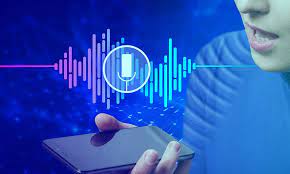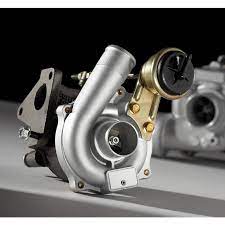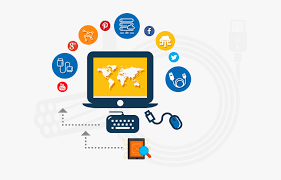
Unlocking the Potential of Voice Recognition: From Speech to Action
Voice recognition technology, once the stuff of science fiction, has become an integral part of our daily lives. From virtual assistants like Siri and Alexa to automated customer service systems, voice recognition is transforming the way we interact with technology. This article explores the evolution of voice recognition technology and its vast potential to revolutionize various industries.
A Brief History of Voice Recognition
Voice recognition technology has come a long way since its inception in the mid-20th century. Early systems were rudimentary and could only recognize a limited vocabulary of words. However, advances in machine learning, artificial intelligence, and natural language processing have propelled voice recognition into a new era.
One of the turning points in voice recognition’s history was the introduction of Hidden Markov Models (HMMs) in the 1970s. HMMs enabled computers to understand patterns in speech, making it possible to recognize spoken words and phrases more accurately. As computational power increased, voice recognition systems became more sophisticated, allowing for continuous speech recognition and improved accuracy.
Applications Across Industries
Voice recognition technology has found applications in a wide range of industries, from healthcare to automotive and beyond. In healthcare, medical professionals use voice recognition software to transcribe patient records, reducing the time spent on documentation and improving accuracy. This technology has not only increased efficiency but also reduced the risk of errors in patient records.
The automotive industry has also embraced voice recognition for hands-free communication and infotainment systems. Drivers can now make calls, send messages, and control various vehicle functions without taking their hands off the wheel, enhancing safety on the road.
Voice Recognition in Smart Homes
Smart homes are another domain where voice recognition has made significant inroads. Voice-activated virtual assistants like Amazon’s Alexa and Google Assistant have become household staples. These devices can control lighting, thermostats, and even order groceries with a simple voice command, making homes more convenient and connected.
Challenges and Future Developments
While voice recognition technology has made remarkable strides, it is not without its challenges. Accents, background noise, and variations in speech patterns can still pose difficulties for recognition systems. Privacy concerns also arise as these systems collect and store voice data.
Despite these challenges, the future of voice recognition looks promising. As technology continues to advance, we can expect even greater accuracy and versatility in voice recognition systems. Additionally, as privacy concerns are addressed, voice recognition will likely find new applications in fields like security and authentication.
In short, voice recognition technology has evolved from a novelty to a transformative force across various industries. Its ability to understand and respond to human speech has made our interactions with technology more natural and convenient. As research and development in this field continue, we can look forward to a future where voice recognition plays an even more significant role in our daily lives.



